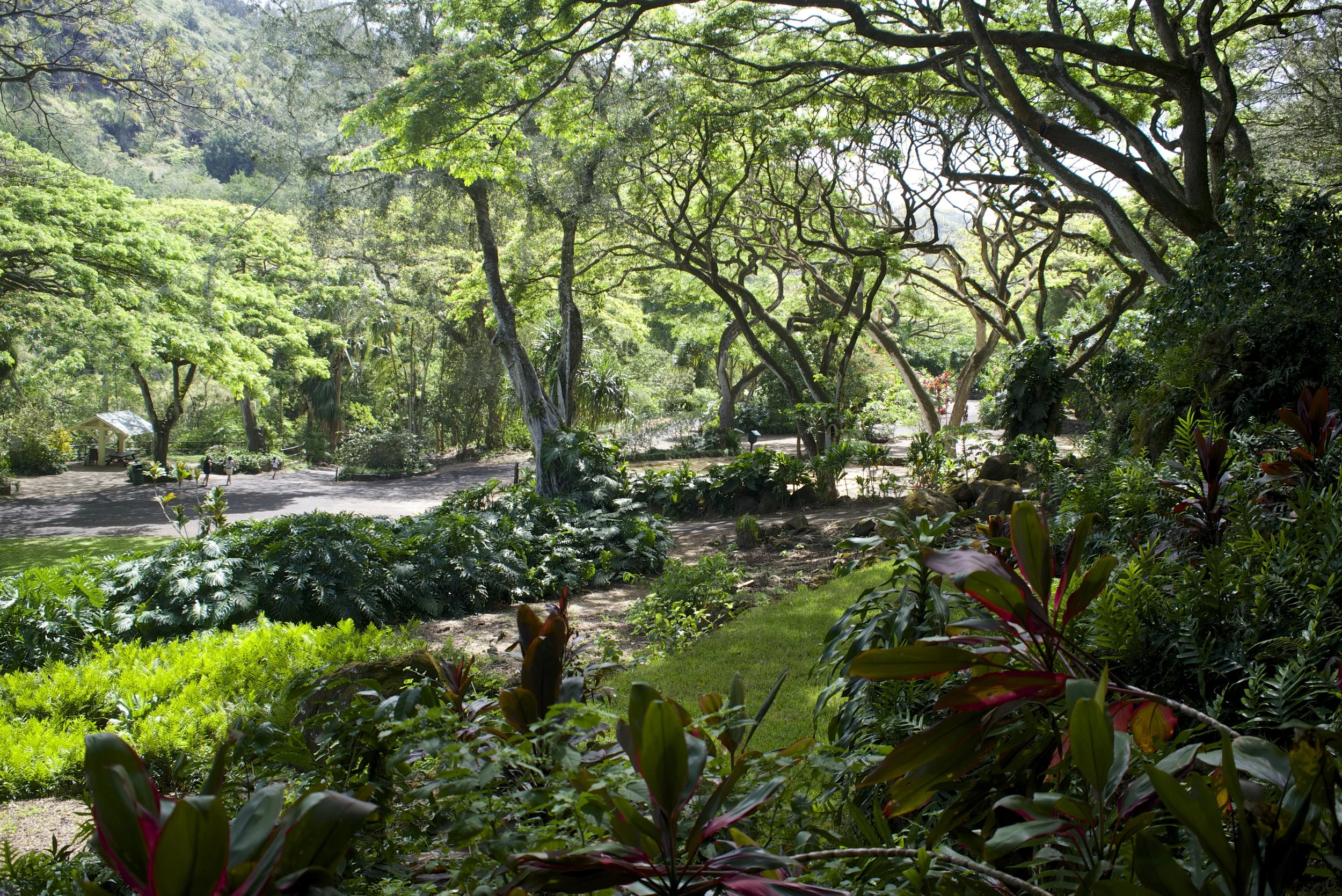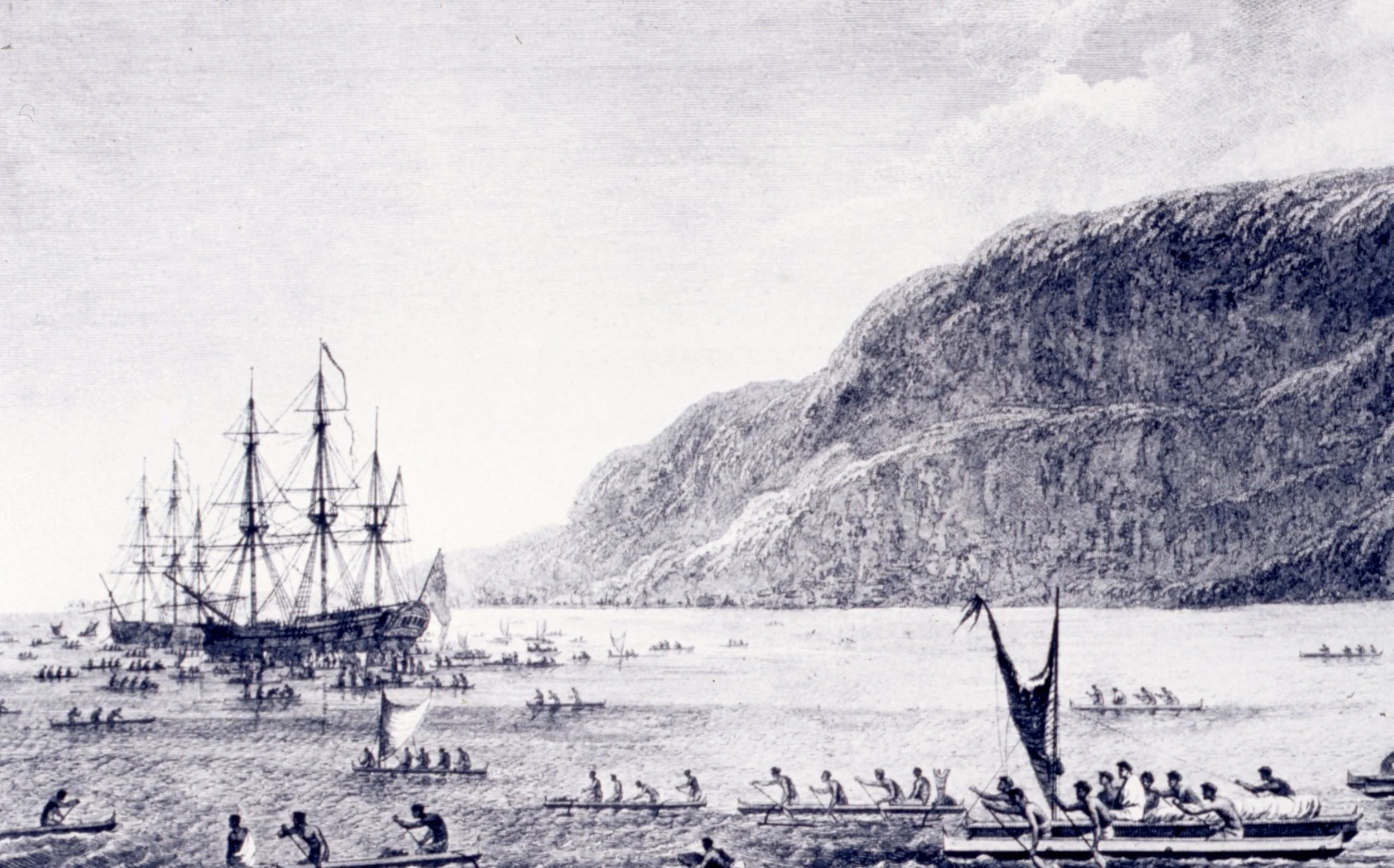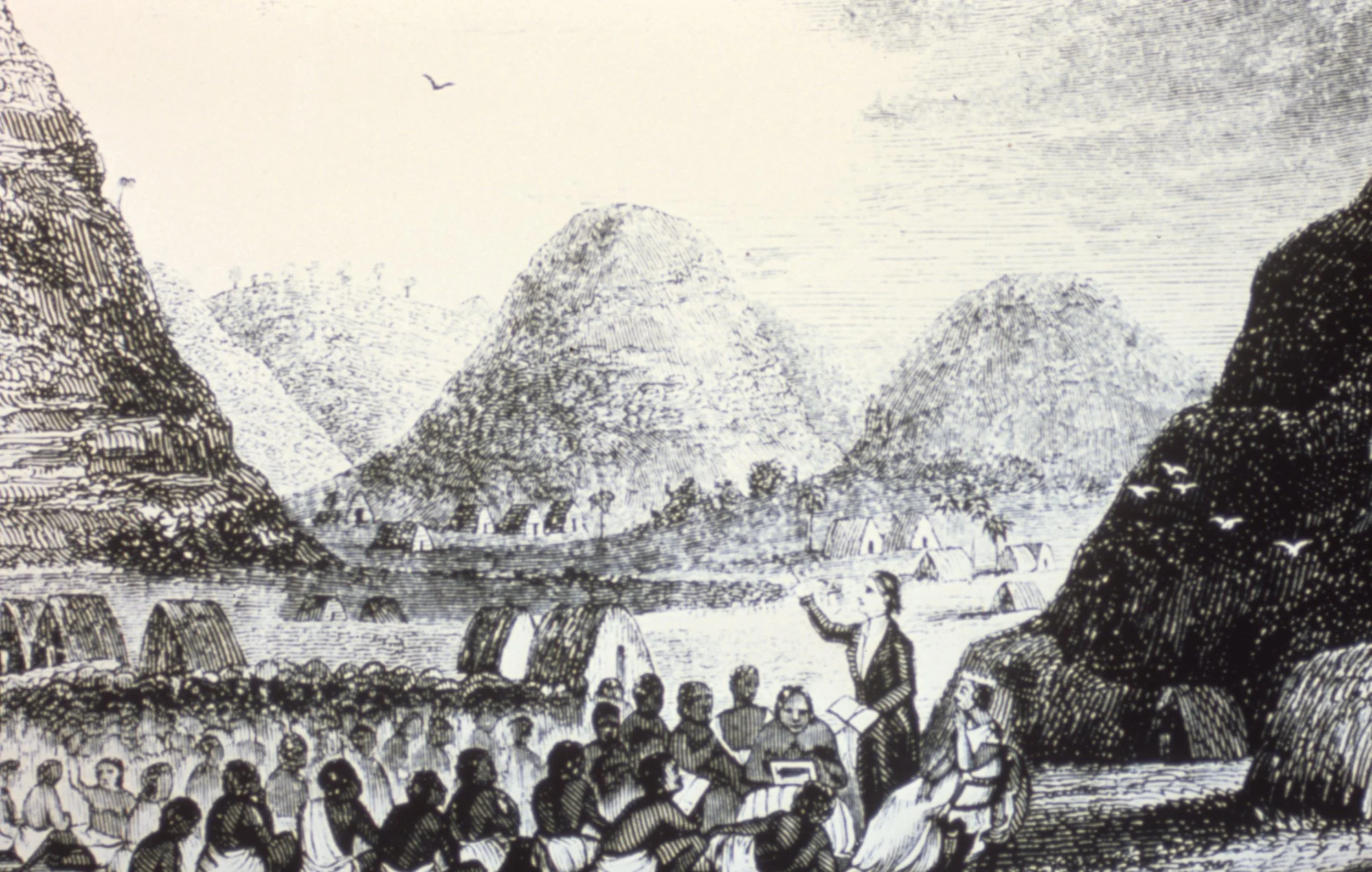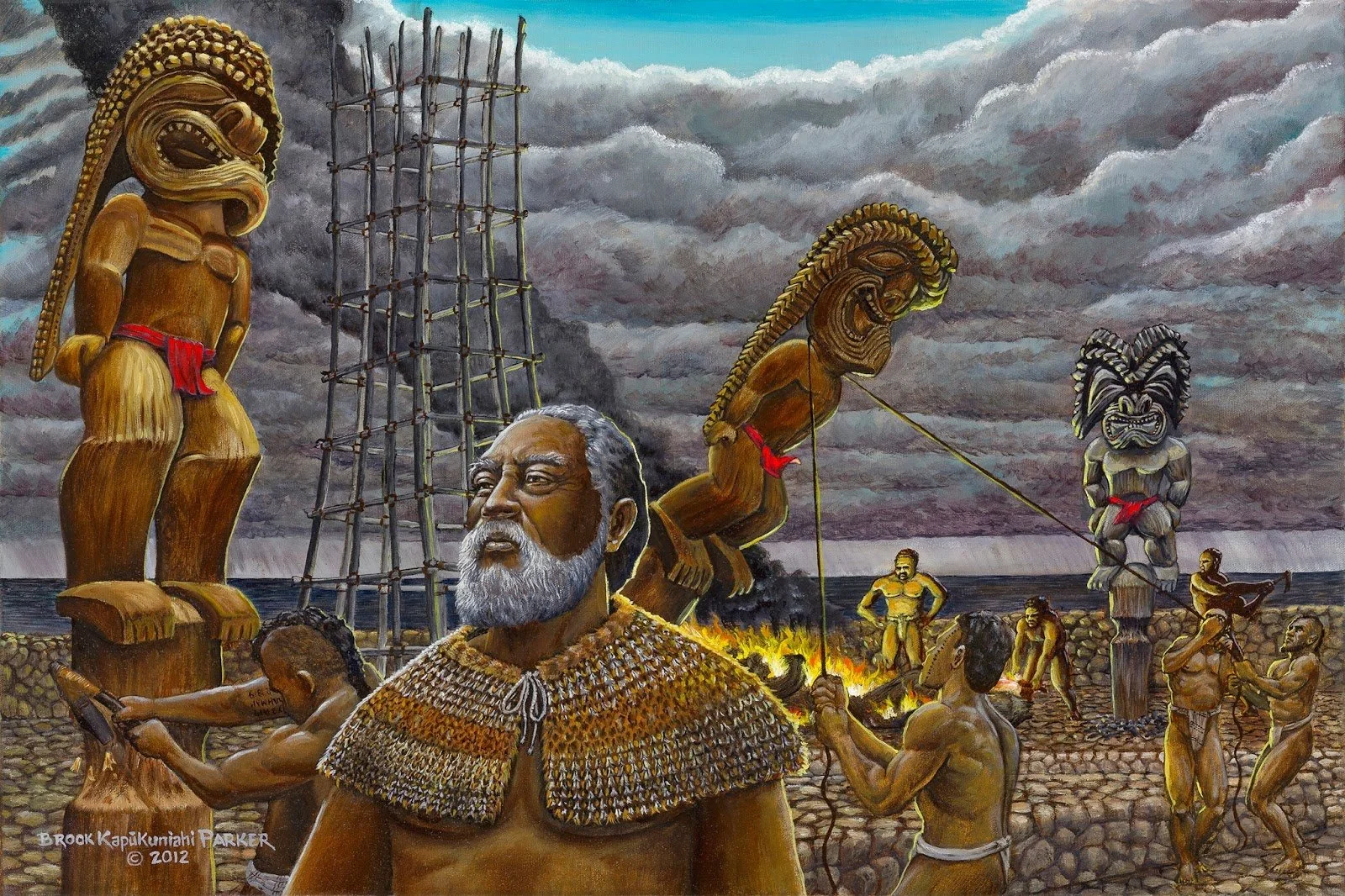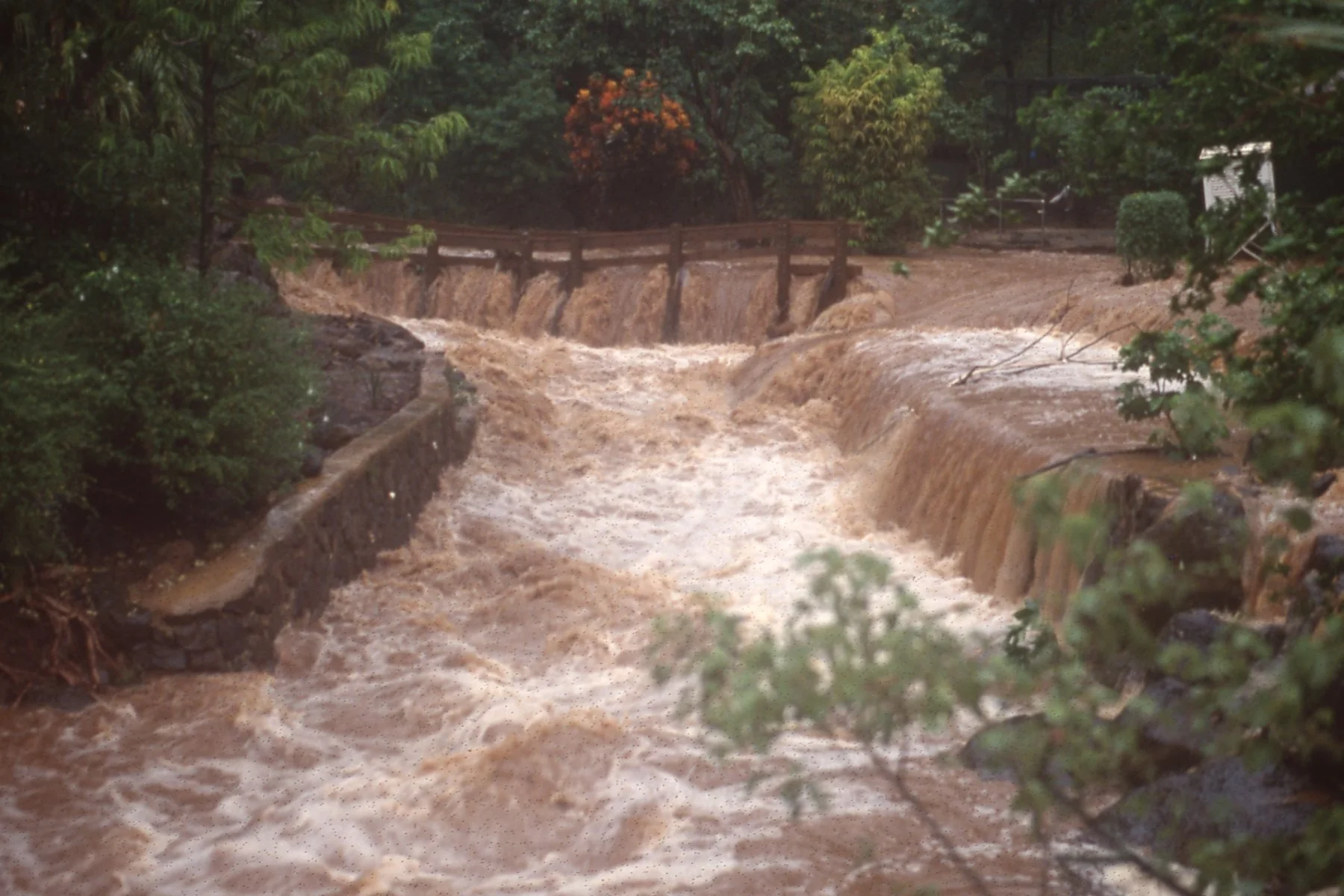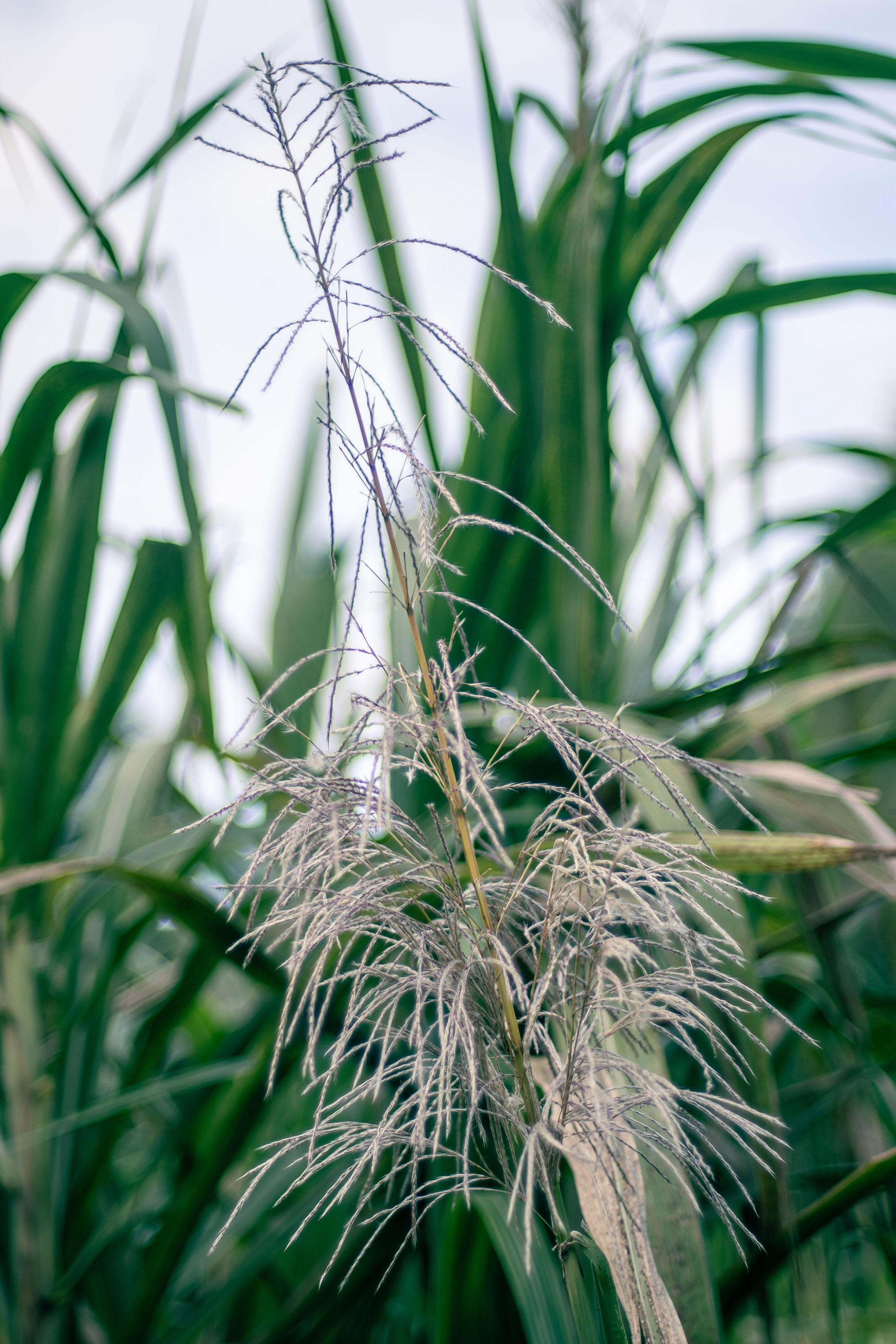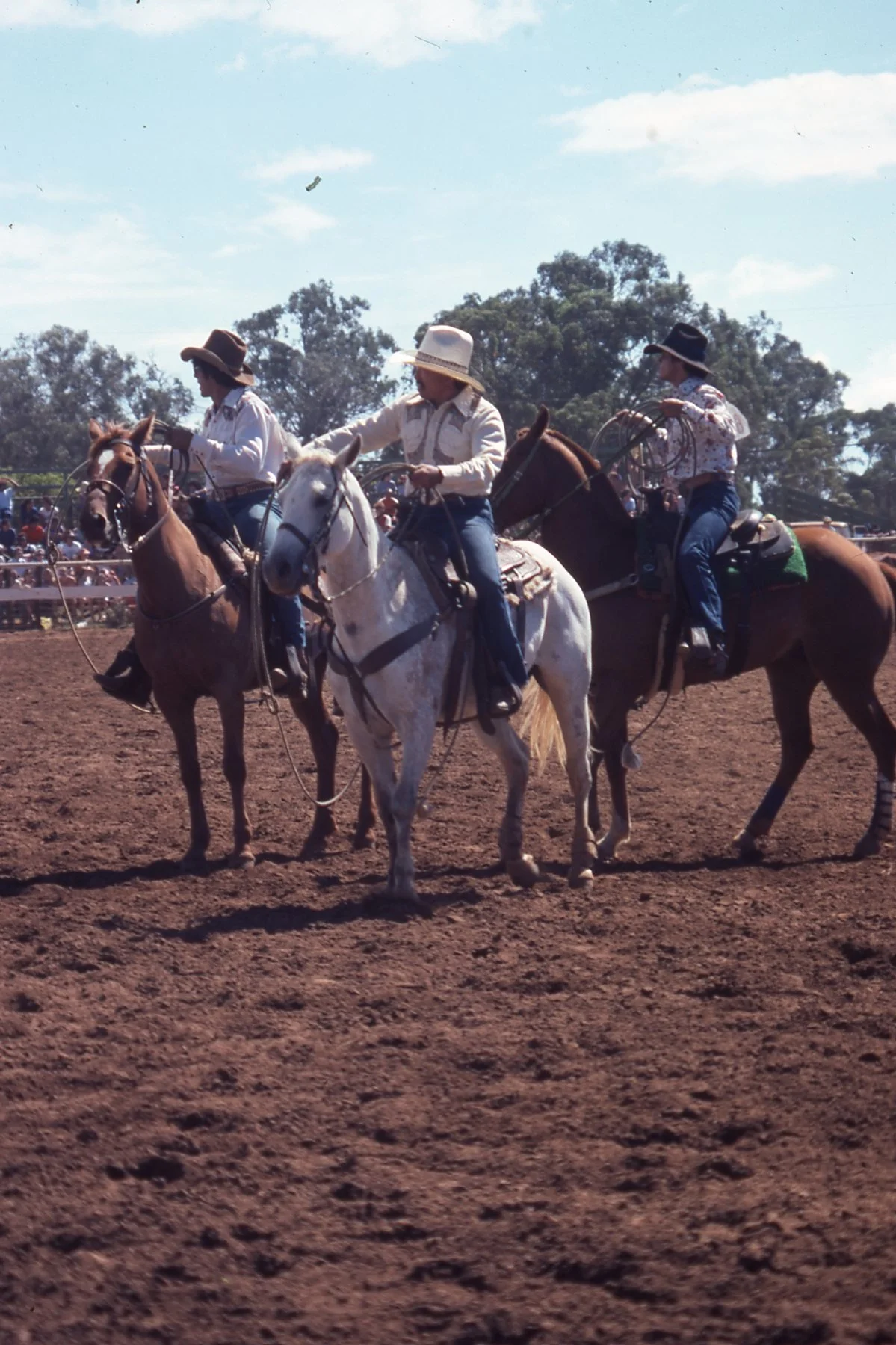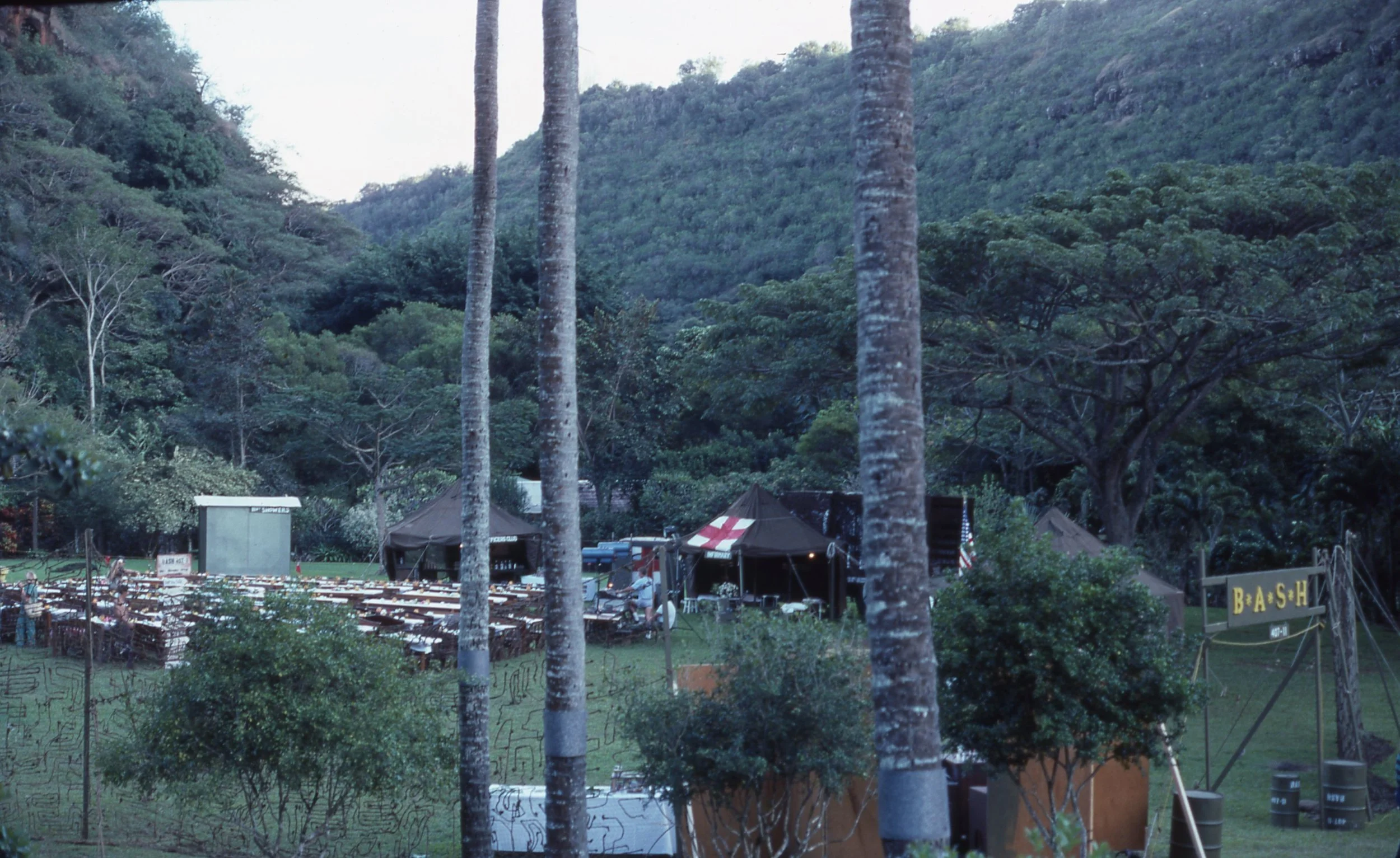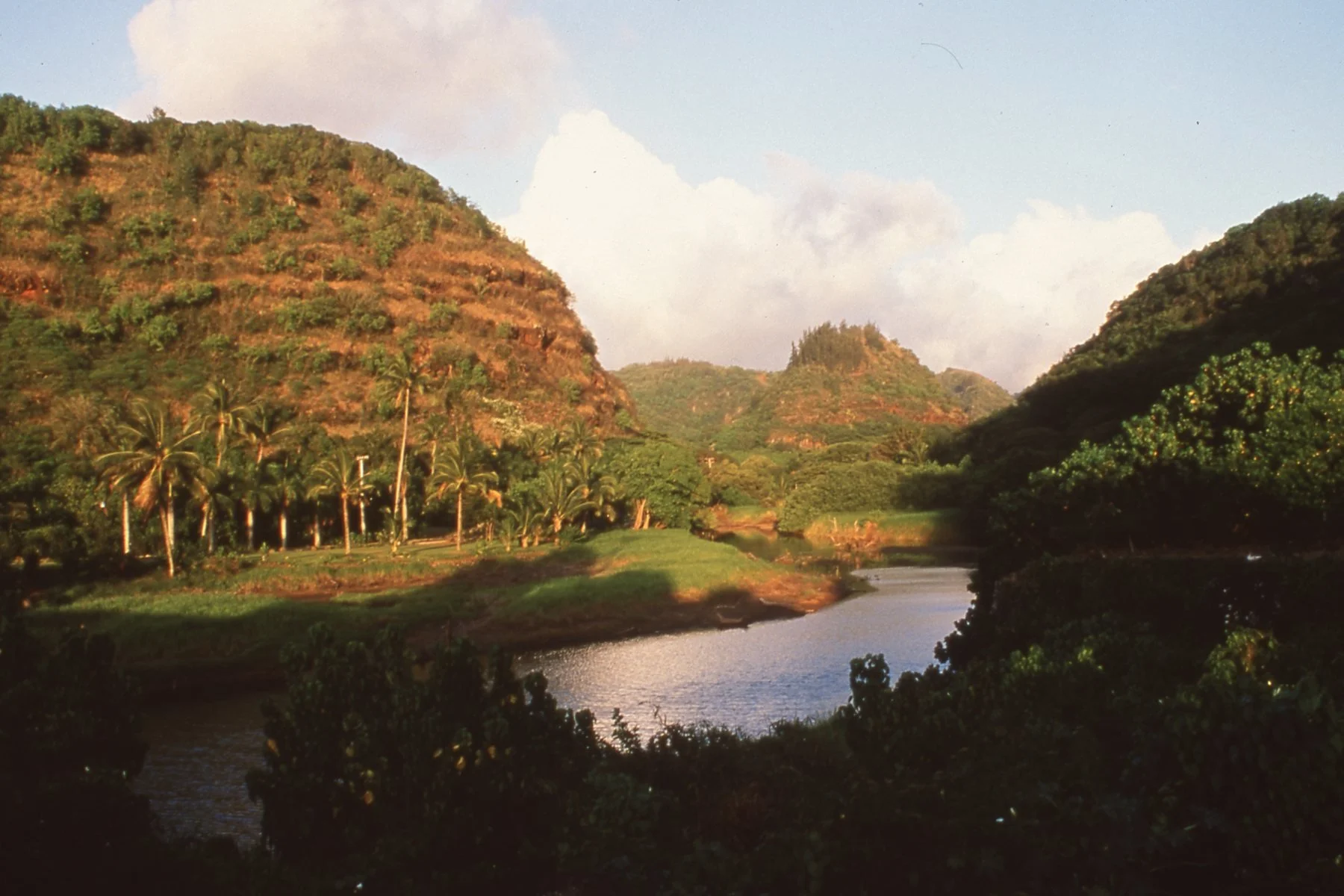Mo’olelo o Waimea Valley
Hi’ipaka LLC: The stewards of the valley
Hi'ipaka LLC is a 501(c)(3) non-profit organization created to nurture and care for Waimea Valley and holds the title to the land. The Valley was purchased by a partnership between the Office of Hawaiian Affairs, the City and County of Honolulu, the Hawaii State Department of Land Natural Resources, Trust for Public Land and the United States Army.
Waimea Valley is deeply rooted in Hawaiian history and continues to be a respite for Hawaiian spirituality and traditions. As stewards and employees of Hi'ipaka LLC, we will strive in our daily responsibilities to Waimea and its host culture, to celebrate and share a vibrant and living Hawaiian culture with the world. We welcome you to the living pu'uhonua (place of refuge) of Waimea Valley. Let us honor and perpetuate Hawaii’s past, steward our present and plan for a prosperous and healthy future.
Vision
Waimea as a living pu'uhonua (place of refuge) for and by the kānaka for Hawai'i and the world.
Mission
E mālama a e ho'omau i nā waiwai kānaka, mo'omeheu, a kūlohelohe o waimea no kēia hanauna a me nā hanau e hiki mai ai i loko o ka ho'onaauao 'ana a me ka ho'okahu 'ana.
To preserve and perpetuate the human, cultural and natural resources of Waimea for generations through education and stewardship.
Features of an Ahupua’a
Unique to Hawai‘i were loko i‘a (fish ponds). Areas of brackish water where streams met the sea were surrounded by pohaku (rocks), which created ponds. Limu (seaweed) grows great in the shallow, brackish water and prized fish such as mullet swam through the cracks in the walls or slats in a gate system to feed. Once too large to escape, the fish were gathered. This form of aquatic farming (aquaculture) continues to be practiced today.
Who lived in waimea Valley?
Little is known about who lived in Waimea prior to the 1700s. Of the well known mo‘olelo, Waimea is presented as an ‘ili kūpono, a unique land division to be presided over by the kahuna nui class of O‘ahu high priests. Typically, a high ranking priest was granted the status of an ali‘i (chief) and would be accompanied by his family and a small entourage of people. Aside from the kahuna nui and those that accompanied him, Waimea was probably home to a far greater number of mahi‘ai (farmers) along with several families of lawai‘a (fishermen) in the kai (coastal) region.
Waimea historian Rudy Leikaimana Mitchell determined that the famed O‘ahu priest Ka‘ōpulupulu almost certainly lived here with a small ‘ohana. Ka’ōpulupulu was the Kahuna Nui of King Kahanahana of O’ahu, and he is said to have predicted the ensuing arrival of foreigners to Hawai’i.
After Kamehameha the Great conquered O‘ahu in 1795, he awarded Waimea Valley to his most trusted spiritual advisor, Hewahewa Nui. Hewahewa, however, did not live at Waimea until seven years after the death of Kamehameha in 1819. During this time, much change was happening in Hawai‘i due to powerful foreign influences. The traditional kapu (rule) system of laws had begun to crumble. Hewahewa, along with Kamehameha II and Ka‘ahumanu (his co-ruler), converted to Christianity, denounced Hawaiian gods and aided in ordering all heiau and religious idols destroyed.
Upon Hewahewa’s death in 1837, Waimea Valley was awarded to his granddaughter Pa‘alua. Following the Mahele Land Redistribution Act in 1848, the newly formed Land Commission offered to give her ownership of about half of the Valley on condition that she give up any claim to the rest. She was able to hold on to her land until 1884 when high debt forced her to mortgage and lease the land.
History of Waimea Valley
Waimea Valley is an ahupua‘a, a division of land stretching from the mountains to the sea. If you imagine the island like a pie, each slice is an ahupua‘a. Land was divided this way in Hawai‘i for many reasons, the most important of which was to ensure each community within the ahupua‘a had the resources they needed to survive. Resources are found at various elevations and places within each ahupua’a. By dividing land in this way, each community had access to forest land, fresh water from the mauka region, various ecological for planting different crops, and a path to the ocean for fishing and travel.
From the uka (uplands) region, plants that provide medicines are found. Trees for constructing wa‘a (canoes) and hale (houses and other structures) are harvested here. Birds are caught and released for making hulu (feather) adornments. The kula (plains, midland) region is where most agricultural crops are farmed such as mai‘a (banana), kalo (taro), ‘ulu (breadfruit), ‘uala (sweet potato) and niu (coconut). The kai (seaside) region provided food and other resources from the ocean, including i‘a (fish), he‘e (octopus), pūpū (shells), limu (seaweed) and pa‘akai (salt).
Each ahupua‘a was ruled by a chief, or ali‘i ‘ai. He in turn appointed a konohiki. The konohiki served as general manager responsible for the use of an ahupua‘a as a resource system. Under the konohiki were luna (specialists). For example, the luna wai was responsible for the fresh water flow and irrigation system.
Waimea Through the Years
This was a very hard time for Hawaiians because of their strong ties to the ‘āina (land). Many did not agree with the Western definition of land ownership. Pa’alua’s property was foreclosed after her death in 1886. Ownership of the Valley changed hands many times at public auction over the next 20 years and by the turn of the 20th century was under the control of the Castle & Cook pineapple and sugar company.
In the early 1900’s Waimea was used for ranching and farming and many other outside entities such as Japanese farmers and the U.S. Military occupied the Valley. In the 1960’s and 1970’s Waimea was operated commercially as the Waimea Falls Ranch and Stables, which offered 75-cent stagecoach rides along with actors who rode along playing cowboys and Indians. It was at this time visitors could participate in guided tours and attend cliff-diving and hula shows.
In 2003, with a collaboration between the City, the State Department of Land and Natural Resources, the U.S. Army and the Trust for Public Lands, and the Office of Hawaiian Affairs, Waimea Valley is now back in the hands of a Native Hawaiian governing entity, and is owned and managed by Hi‘ipaka LLC, a non-profit, limited liability company created to nurture and care for this treasure.
Waimea today
E mālama a e ho'omau i nā waiwai kānaka, mo'omeheu, a kūlohelohe o waimea no kēia hanauna a me nā hanau e hiki mai ai i loko o ka ho'onaauao 'ana a me ka ho'okahu 'ana.
Today, the mission of the Valley is to “Preserve and perpetuate the human, cultural and natural resources of Waimea for generations through education and stewardship”. As you visit the Valley, in respect to the beliefs of the ancient Hawaiians and those descendants who today carry out the duty to restore and protect the significant and religious sites here, please be mindful and do not touch, disturb, or remove any rocks or other objects out of respect for this truly special place.
Waimea Valley Timeline







